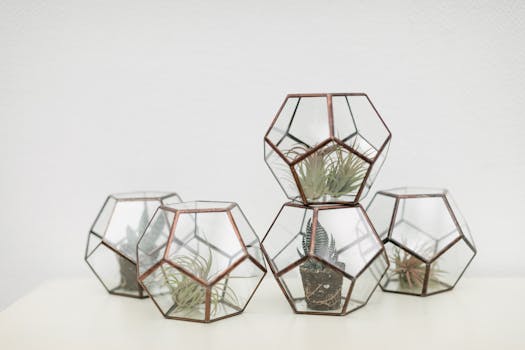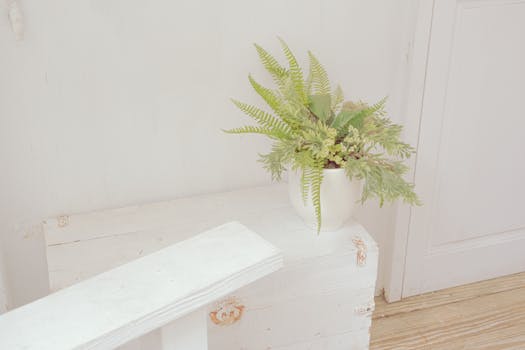
Takeaways
- Plants enhance the aesthetic appeal of any space, adding color and life.
- Indoor plants improve air quality, promoting a healthier living environment.
- Choosing the right plants for your space can be simple with a few guidelines.
- Incorporating plants can boost your mood and overall well-being.
The Importance of Indoor Plants
Incorporating plants into your home is one of the simplest yet most effective ways to create a vibrant and fresh atmosphere. Whether you’re a seasoned plant parent or a beginner, indoor plants can significantly enhance your living space. Not only do they add beauty, but they also offer numerous health benefits, making them a worthwhile addition to your home decor.
Plants are known to improve air quality by filtering toxins and releasing oxygen. This makes your home not just more beautiful but also healthier. Studies have shown that having plants indoors can reduce stress, enhance mood, and increase productivity. With these benefits in mind, let’s explore how to effectively incorporate plants into your home.
Choosing the Right Plants

- Light Conditions: Assess the amount of natural light your space receives. Some plants thrive in bright light, while others prefer low-light conditions. Researching the light requirements of plants like succulents, snake plants, and pothos can help you make informed decisions.
- Space Availability: Take into account the size of your space. Large plants like fiddle leaf figs can be a stunning focal point in a living room, while smaller plants like spider plants or succulents can fit perfectly on a desk or shelf.
- Maintenance Level: Consider how much time you can dedicate to plant care. Low-maintenance plants such as ZZ plants and peace lilies are excellent for busy individuals, while more delicate plants may require more attention.
Once you’ve assessed these factors, you can create a plant selection that complements your lifestyle and enhances your home’s aesthetic. Mixing various types of plants can add depth and interest to your space.
Creative Ways to Incorporate Plants in Your Home
Now that you know how to choose the right plants, it’s time to think about how to incorporate them into your decor. Here are some creative ideas:
1. Vertical Gardens
If you have limited floor space, consider creating a vertical garden. Hanging planters or wall-mounted plant shelves can turn a bare wall into a lush green display. This not only saves space but also adds a unique design element to your room.
2. Plant Styling
Style your plants with decorative pots that match your home’s decor. Use a mix of textures, colors, and materials to create an inviting and cohesive look. Group plants of varying heights together for a dynamic arrangement that draws the eye.
3. Plants as Focal Points
Use larger plants to create focal points in your rooms. A tall monstera can stand proudly in a corner, while a cluster of smaller plants can adorn a coffee table. This helps to anchor the space and adds visual interest.
4. Incorporate Plants into Functional Spaces
Don’t forget that plants can be incorporated into functional areas as well. Consider placing herbs in your kitchen, or adding a small succulent garden to your work desk. This not only beautifies the space but also reminds you to take care of your plants.
Maintaining Your Indoor Plants

- Watering: Understand the watering needs of each plant. Overwatering is a common mistake, so ensure you check the soil moisture before watering.
- Humidity: Many houseplants thrive in humid conditions. If your home is dry, consider using a humidifier or misting your plants regularly.
- Fertilizing: During the growing season, use a balanced fertilizer to provide essential nutrients. This will help your plants grow stronger and healthier.
By following these tips, you can ensure your indoor plants thrive, contributing to a vibrant and fresh ambiance in your home.






